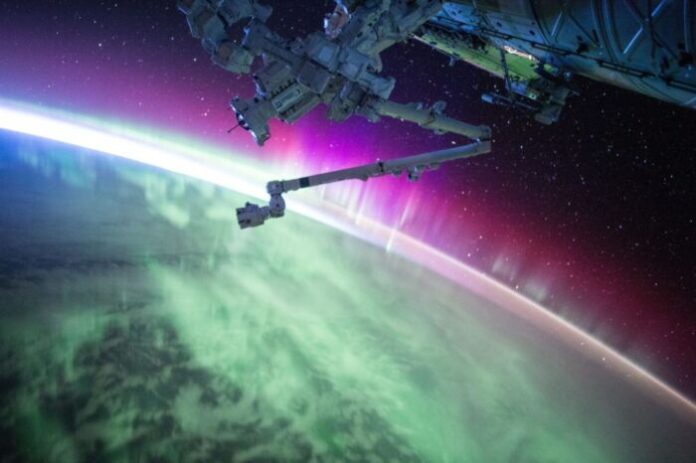
Waste is not a problem that affects only the planet Earth. Even in space, with its many scientific missions, debris is starting to accumulate. For this reason, the European Space Agency (ESA) has announced that it has chosen the consortium that will deal with the ClearSpace-1 Mission, a “journey” to recover a specific object: the upper part of the VESPA adapter, one of the components of the precious VEGA (the European carrier for launching satellites from 300 kg up to 2.5 tons into orbit).
Leading the project will be the Swiss ClearSpace, a spin-off of the Ecole Polytechnique Fédérale de Lausanne (EPFL) research institute, which will have to present the final project by March. “This is the right time for the mission – says Luc Piguet, founder and CEO of ClearSpace – The problem of space waste is more urgent than ever. Today we have nearly 2,000 satellites operating in space and more than 3,000 out of order. And in the next few years the number will increase by an order of magnitude “.
The biggest problem lies in the deterioration of these objects. With wear, collisions or explosions, the devices are divided into pieces of different sizes: ESA estimates that there are currently over 34,000 which measure just 10 cm and a very large number of even smaller fragments, which cannot be seen by land.
For astronauts and space activities they pose a significant risk. Traveling around the Earth at a speed of 28,000 km / h, all these objects turn into dangerous projectiles and for some it may take centuries before they leave the orbit alone. If we consider that in the next five years the world is expected to launch thousands of new satellites into low orbit in space – most of which are part of “constellation” networks – we understand that finding new ways to eliminate debris has become urgency. “There is a clear need for a tow truck to remove dead satellites from this highly trafficked region,” added Piguet.
The prevention and development of technologies to avoid creating new waste and removing those already up there also become fundamental: “Even if all space launches were interrupted tomorrow, the projections show that the overall population of orbital debris will continue to grow, as collisions between objects they generate fresh debris in a cascading effect, ”says Luisa Innocenti, head of ESA’s Clean Space initiative.
The ClearSpace-1 mission will begin in 2025 and will target the upper part of VESPA (Vega Secondary Payload Adapter), left in orbit after the second flight of the Vega launcher in 2013. With a mass of 100 kg, the device is close to the size of a small satellite, while its relatively simple shape and robust construction make it a perfect first target, before moving on to catching larger and more demanding objects. Once VESPA is hooked, the ClareSpace-1 hunter will then be deorbed to burn in the atmosphere.



































